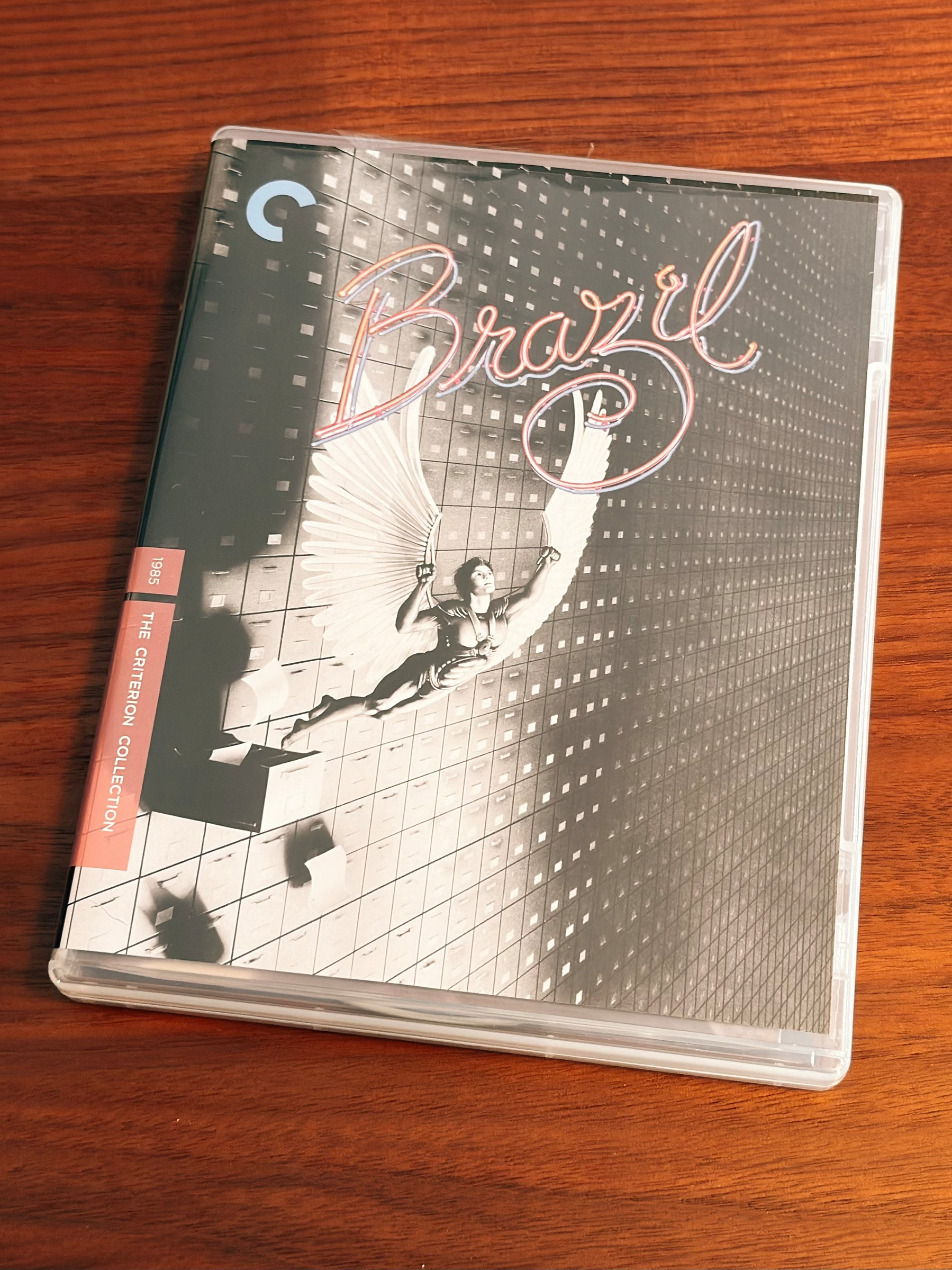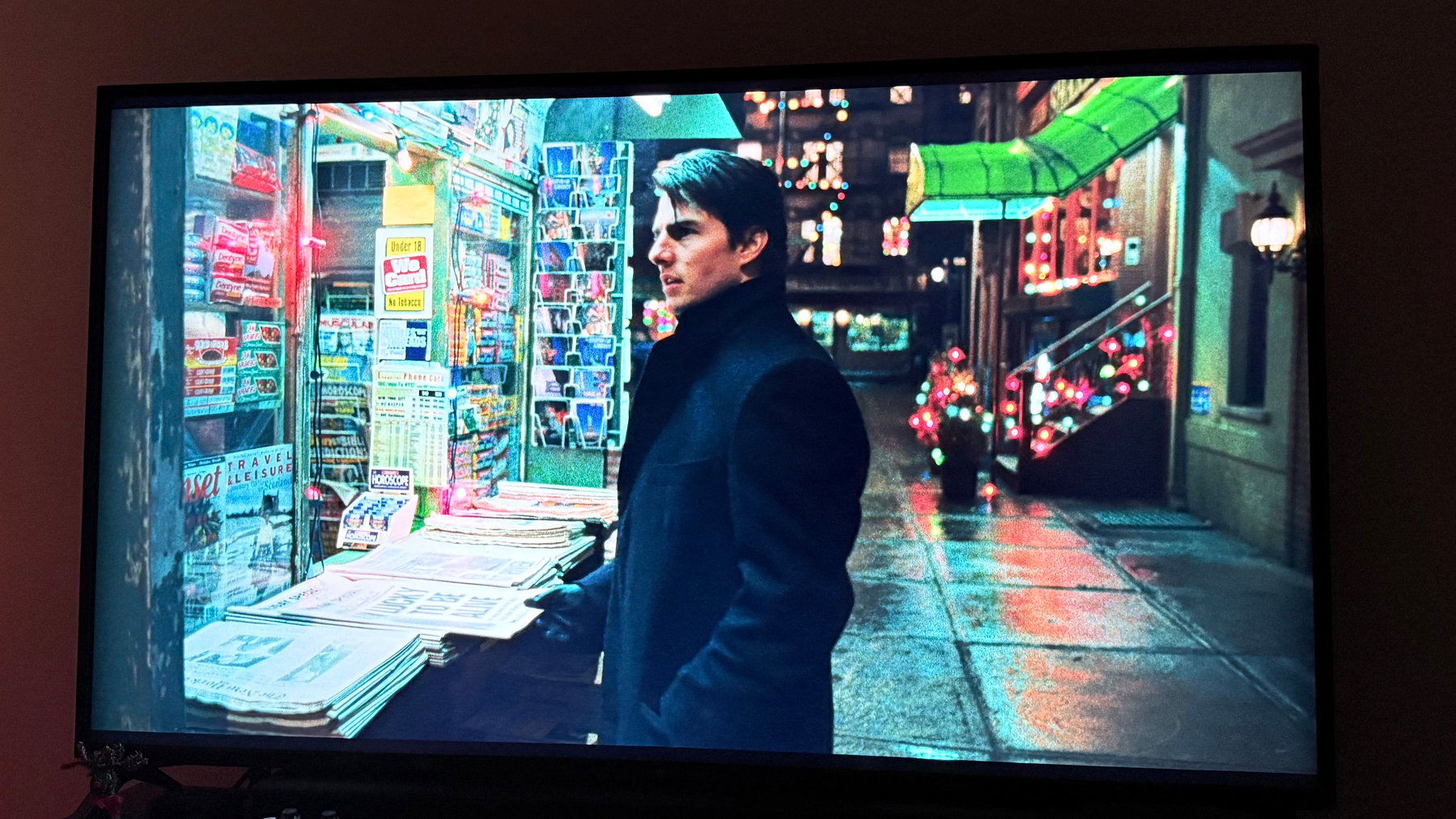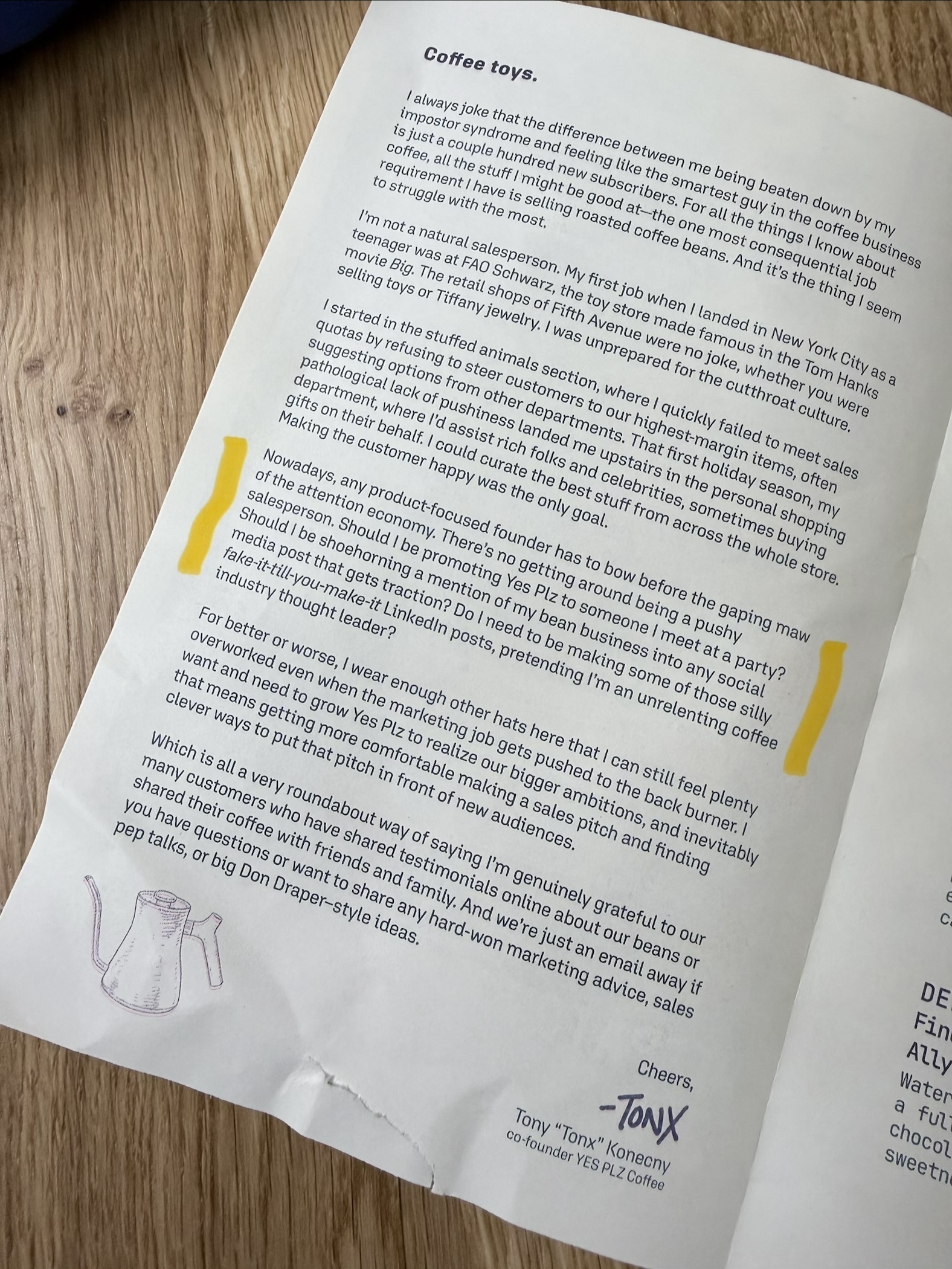As a film lover and, particularly, an enthusiast for film criticism – one of the best ways to truly immerse yourself and re-evaluate your perspective on a given piece of work – I enjoyed this small but important note in Racket’s bi-weekly membership newsletter from their resident film critic, Keith Harris.
Why does a hyperlocal website need movie reviews when you can find them everywhere online? Because a regional criticism scene matters. The coasts shouldn’t totally dominate the way we talk about art.
While I can’t link to the newsletter since it’s only via email, the point of this is that Keith has an important sentiment about film. In an era where it seems very few people have the time or attention to indulge in deep dialogue about films anymore, let alone read reviews, folks need to be reminded that [most] of this art isn’t something to simply pin against aggregate ratings or a singular, outspoken voice from New York or California. Regional, contextual perspectives and attitudes are welcome and warranted here.
Perspective and interpretation is the flip side to creation, and that’s the beauty of human connection through art. We may connect magically over a line, an image, a sound, or the intricate unification of all of them, or have a widely different connection to a piece of music used to the backdrop of a scene that resonates because of known experiences, regional differences, or a wholly unique memory. One of the most notable pieces I’ve ever read on this was Geoff Dyer’s Zona, a wildly opinionated, sarcastic, and thoroughly sardonic take on Tarkovsky’s Stalker. When I read that, it reminded me at a critical age of film appreciation that not everything needed to be interpreted “correctly”. You can absurdly over-analyze a film that can be interpreted in a myriad of ways and still come out the wiser.
I only wish there was even more accessible film criticism for newer generations, because cinema is a rich culmination of so many complementary art forms, its endless in the ways of reward.






